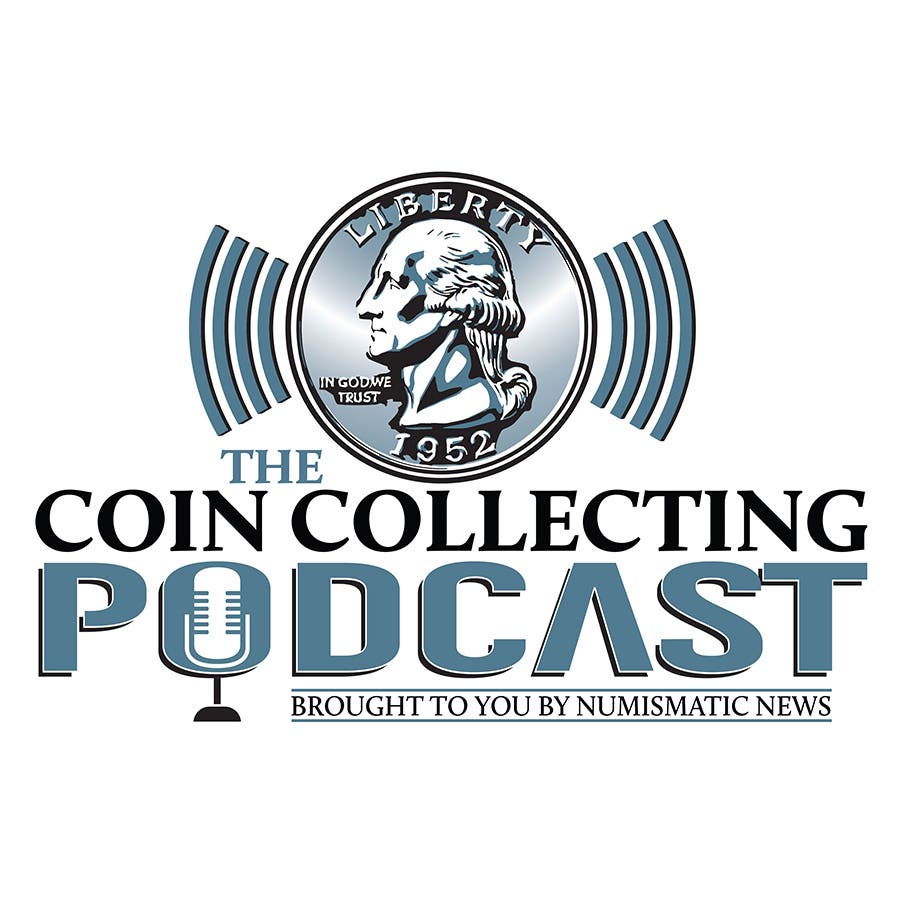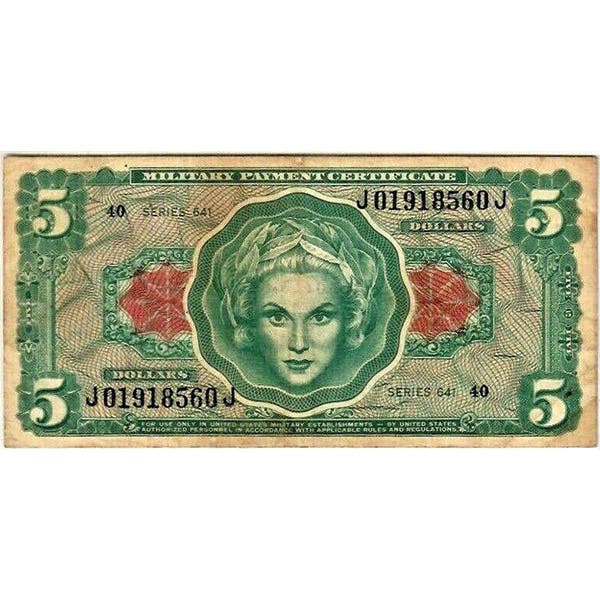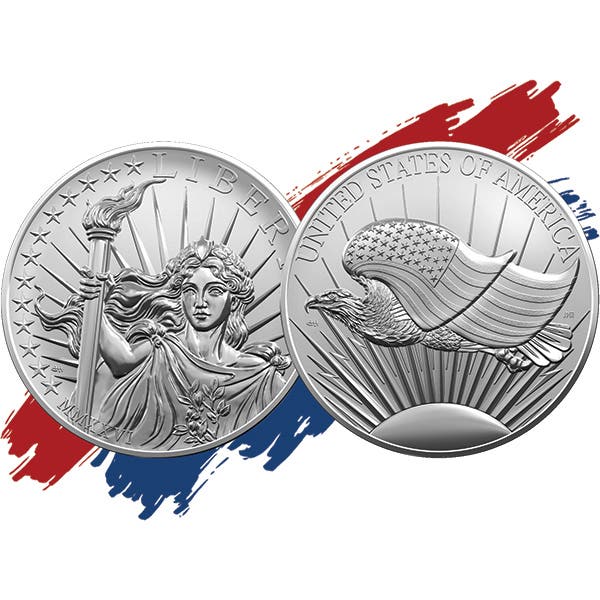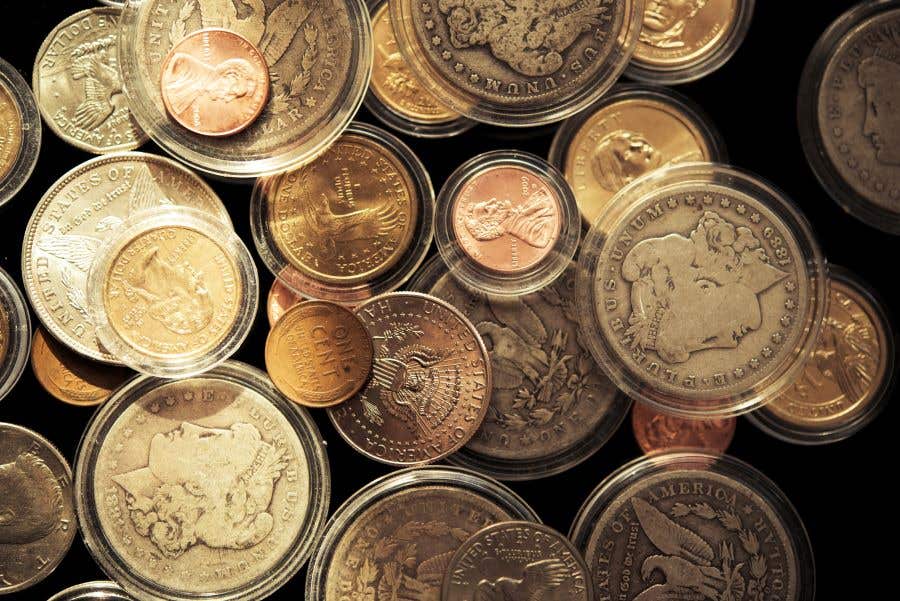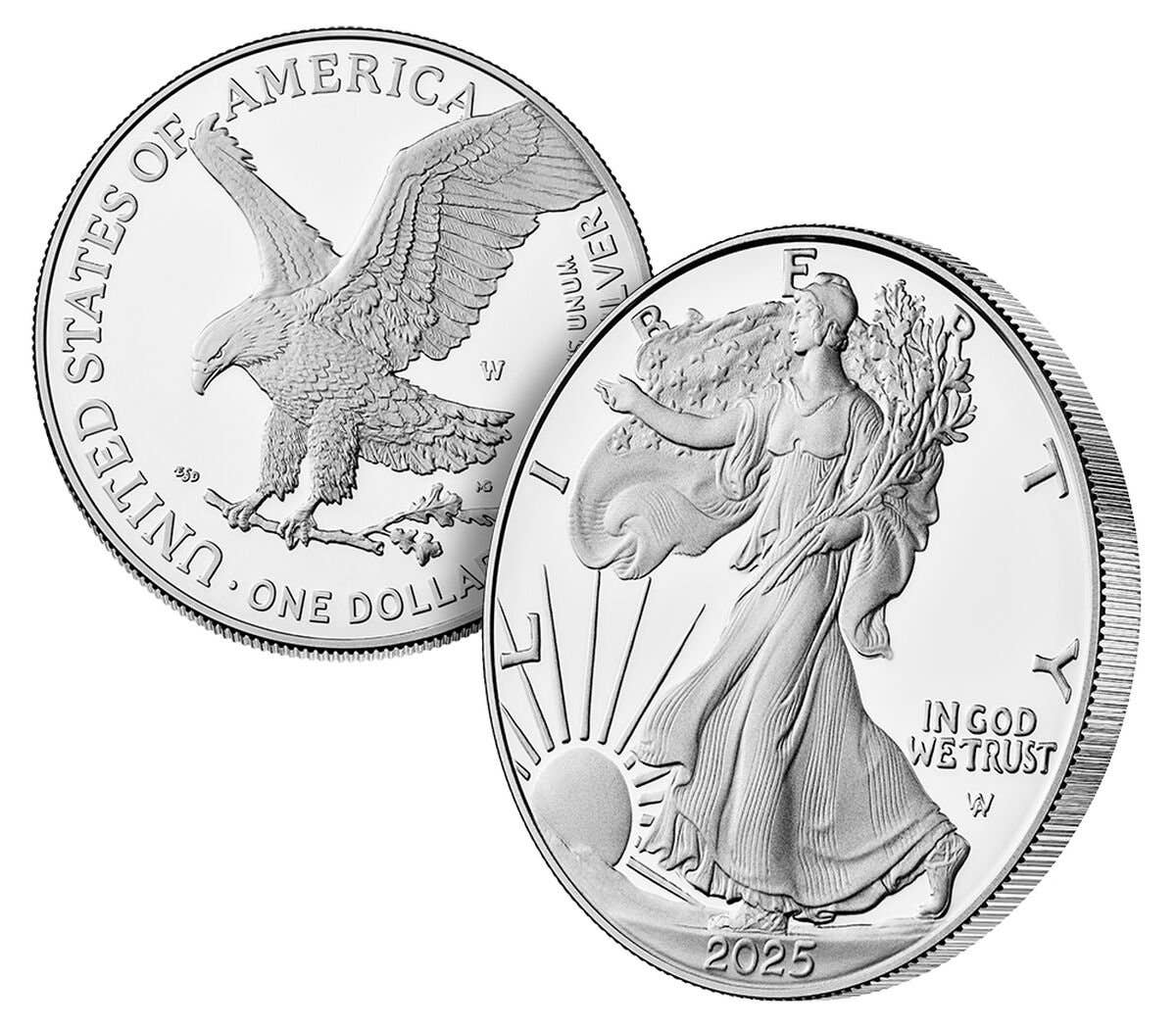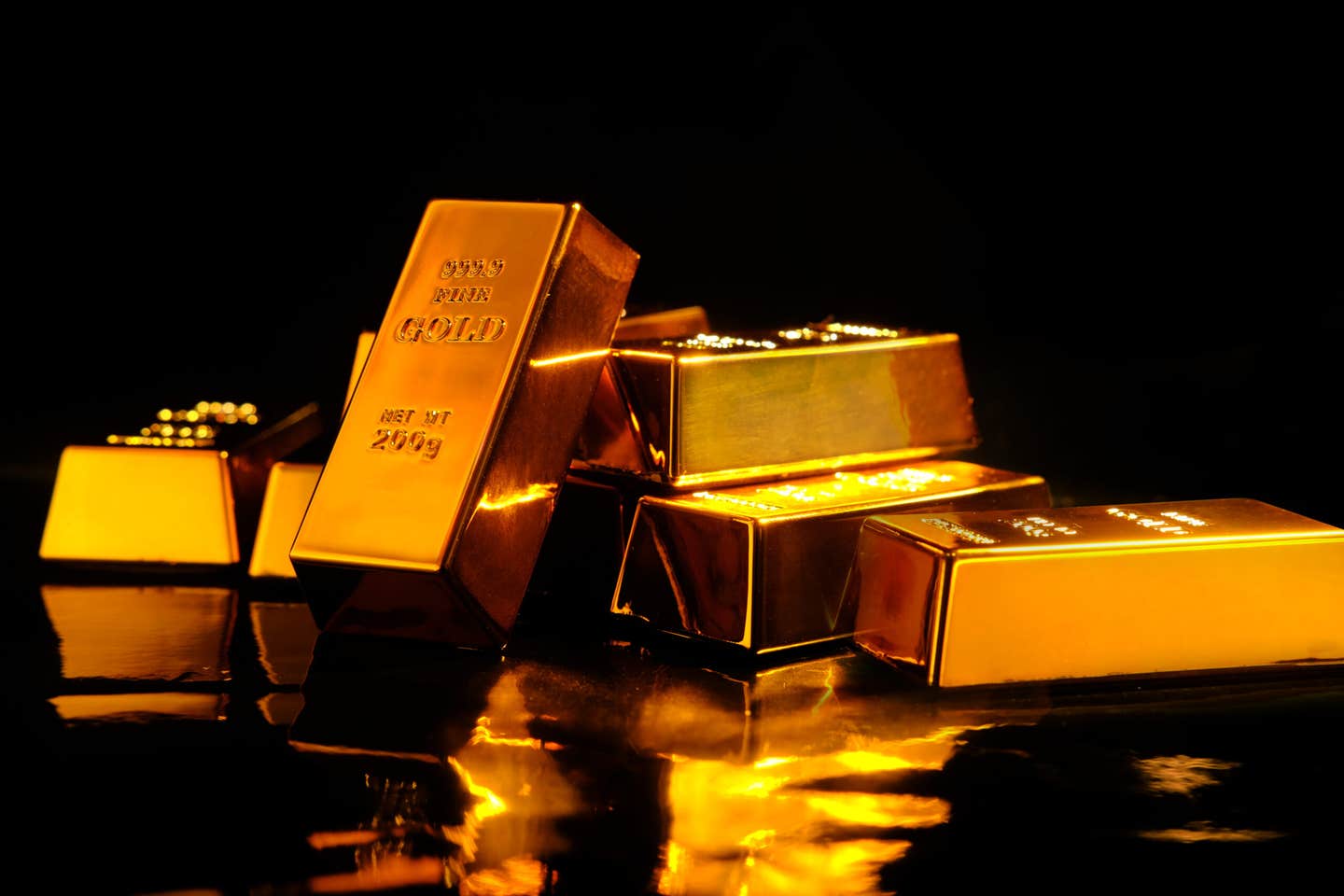Central Bank Gold Demand Highest in 55 Years
The World Gold Council this week released its “Gold Demand Trends Q3 2022,” which you can review here. It reported that gold demand, excluding Over The Counter (OTC) activity, was 28…
The World Gold Council this week released its “Gold Demand Trends Q3 2022,” which you can review here. It reported that gold demand, excluding Over The Counter (OTC) activity, was 28 percent higher than the 3rd quarter of 2021.
The areas of strongest demand increases were in jewelry sales, which rose 10 percent from the same quarter a year earlier despite a decline in the global economy, and central bank gold purchases, which set an all-time quarter record in demand of more than 12.5 million ounces.
Altogether, demand other than OTC activity reached 45.3 million ounces for the third quarter of 2022. This was significantly higher than new mine output, recycling and hedging supplies of 39.1 million ounces for the same period. The imbalance was covered by a net reduction in inventories held by gold exchange traded funds of 7.3 million ounces, which itself was partly offset by a net withdrawal of 1.1 million ounces in the OTC markets.
In decades past, global central banks were often major net sellers of physical gold. Such sales suppressed the price of gold to such a degree that in September 1999 the European Central bank and many others signed a Central Bank Gold Agreement (CBGA). The agreement limited central bank gold sales among the signatories to an average of 400 tons (12.86 million ounces) annually over the five-year period of the Agreement.
Upon expiration, the agreement was renewed for three more five-year terms. When the fourth agreement was signed in September 2014, central bank gold sales had fallen to such low levels that it was explicitly stated that there would be no further renewal of the agreement in 2019.
When the original CBGA was signed in 1999, central banks and official organizations (such as the International Monetary Fund and Bank for International Settlements) held about 25 percent of above-ground gold inventories. Since then, most of the increase in gold inventories have been in the private sector. Today, central banks and official organizations hold only about 1/6 of above-ground gold inventories.
Several central banks are secretive about their purchases and sales of physical gold reserves. Some of them, especially China and Russia, have a history of announcing central bank gold purchases after delays – where China did not report its purchases from 2003 through early 2009 until April 2009. Other central banks use intermediaries to purchase or sell gold reserves in order to delay reporting their transactions.
In the third quarter 2022, the central banks of Turkey and Qatar were among those identified as purchasers of physical gold reserves. Even though the price of gold fell in the quarter from the previous period, as measured in U.S. dollars, most central bank gold purchases in the quarter were made a record or near-record high prices as measured in the local central bank currencies.
Global central banks have now been net purchasers of physical gold reserves annually for more than a decade. For central bank net purchases to soar to a quarterly record total in the third quarter of 2022, despite high prices as measured in local currencies, is a significant signal of the expected continued weakness of fiat (paper) currencies in the future.
Patrick A. Heller was honored as a 2019 FUN Numismatic Ambassador. He is also the recipient of the American Numismatic Association 2018 Glenn Smedley Memorial Service Award, 2017 Exemplary Service Award, 2012 Harry Forman National Dealer of the Year Award and 2008 Presidential Award. Over the years, he has also been honored by the Numismatic Literary Guild (including twice in 2020), Professional Numismatists Guild, Industry Council for Tangible Assets and the Michigan State Numismatic Society. He is the communications officer of Liberty Coin Service in Lansing, Mich., and writes Liberty’s Outlook, a monthly newsletter on rare coins and precious metals subjects. Past newsletter issues can be viewed at www.libertycoinservice.com. Some of his radio commentaries titled “Things You ‘Know’ That Just Aren’t So, And Important News You Need To Know” can be heard at 8:45 a.m. Wednesday and Friday mornings on 1320-AM WILS in Lansing (which streams live and becomes part of the audio archives posted at www.1320wils.com).



